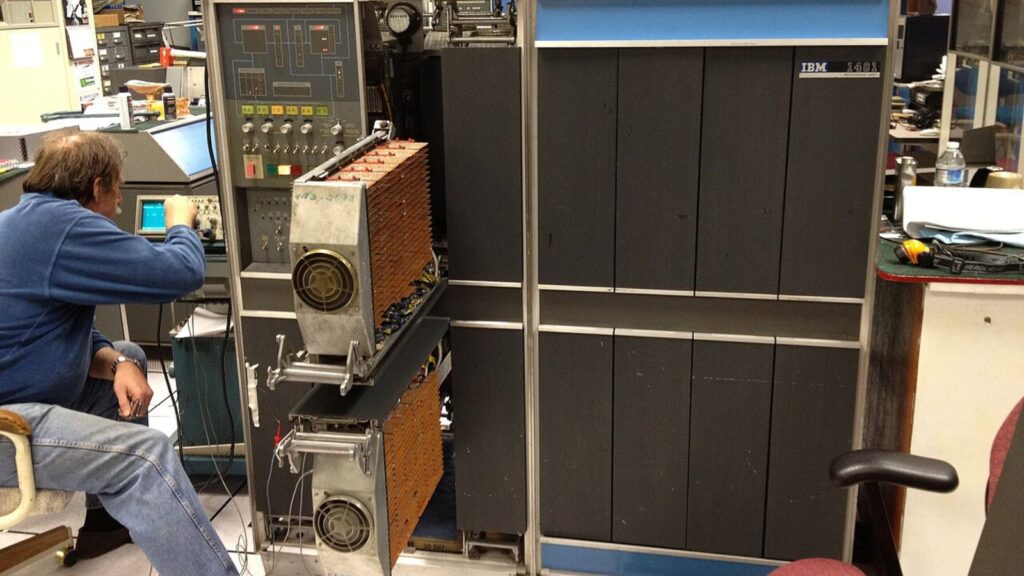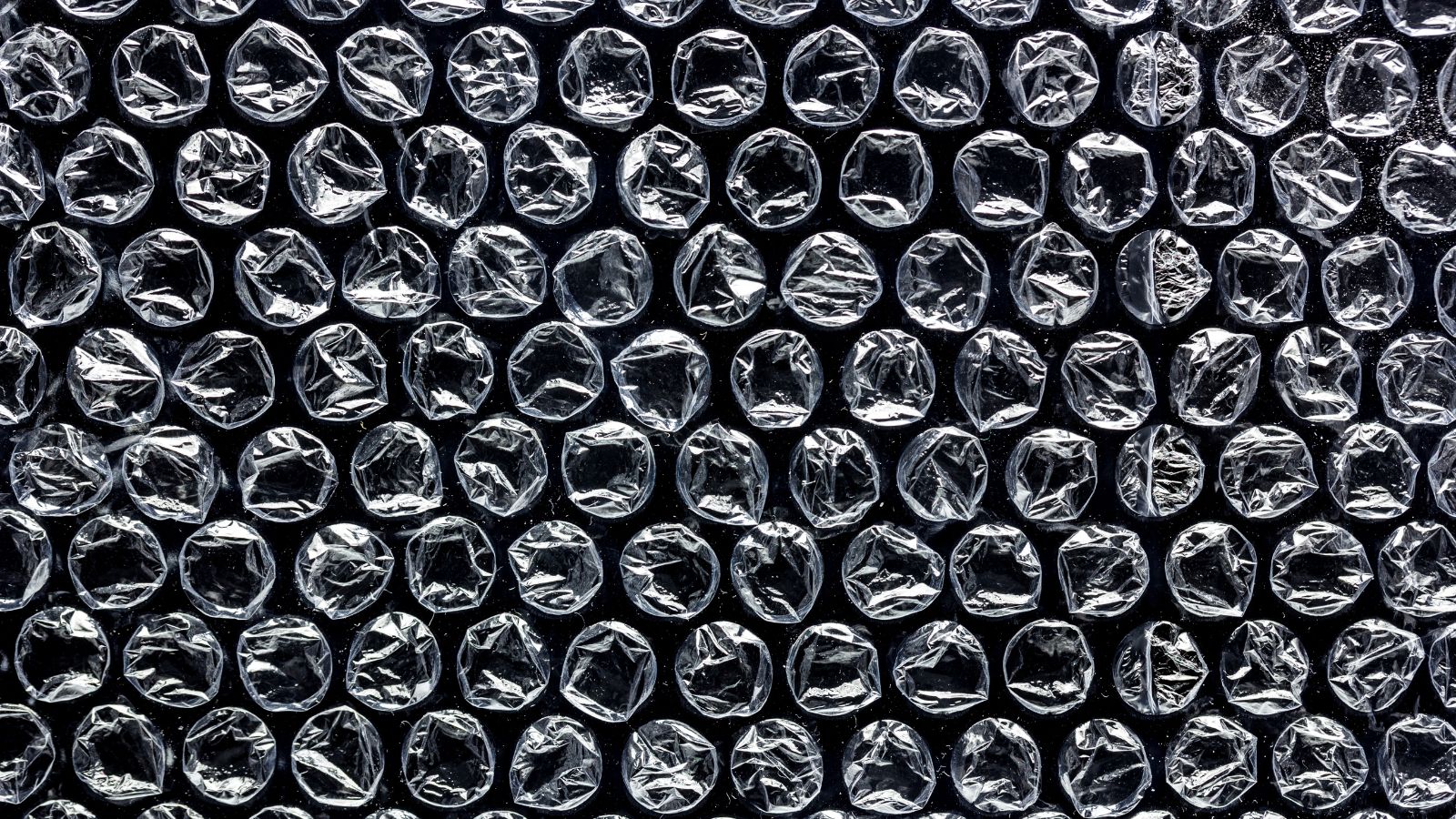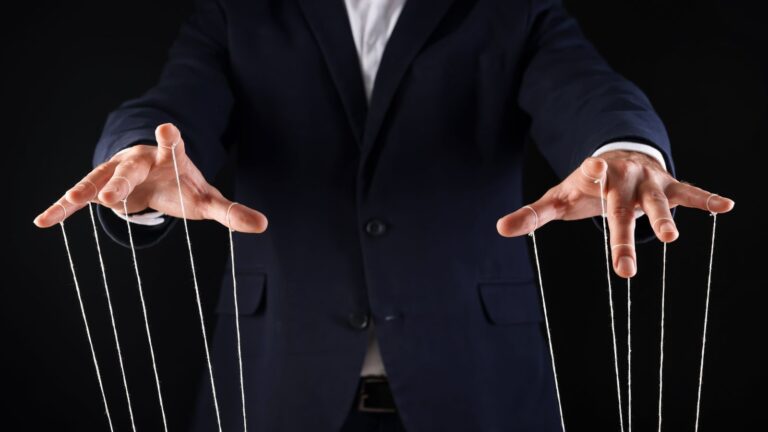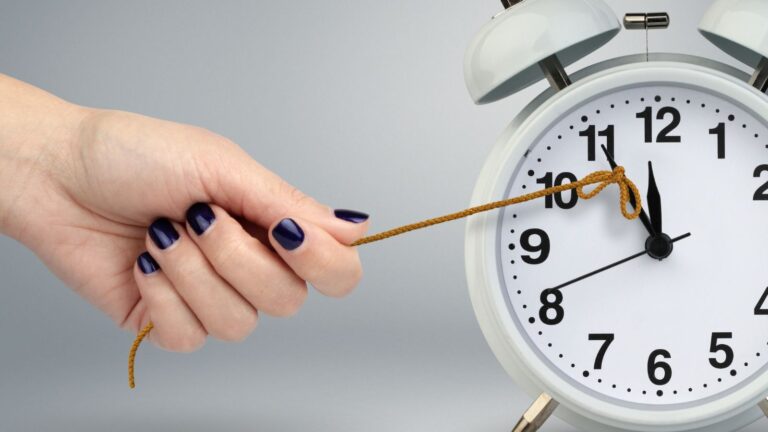In 1957, Swiss inventor Marc Chavannes and American engineer Alfred Fielding tried to revolutionize interior décor with a new kind of textured plastic wallpaper. They used a heat-sealing technique to trap air between two plastic shower curtains, producing sheets of air-filled bubbles. Although the method was innovative, the idea of using these sheets as a wall covering did not succeed. Their next attempt was to market the material as greenhouse insulation, but this effort also struggled to find customers.
Undeterred by these setbacks, the inventors founded Sealed Air Corporation in New Jersey in 1960 to look for practical uses for their creation. The turning point arrived in 1961, when IBM needed a reliable way to protect its delicate 1401 computer components during shipping. The air-filled plastic sheets provided the lightweight cushioning required to shield fragile items, and IBM became Sealed Air’s first major commercial customer. This collaboration transformed Bubble Wrap from a novelty idea into an essential packaging material for industries around the world.

Bubble Wrap is now a registered trademark of Sealed Air. It protects products ranging from electronics to fine art. Thanks to persistent inventors who did not abandon their idea after initial setbacks, what began as an unsuccessful wallpaper concept has become one of the most widely used packaging solutions for safeguarding valuable items.



